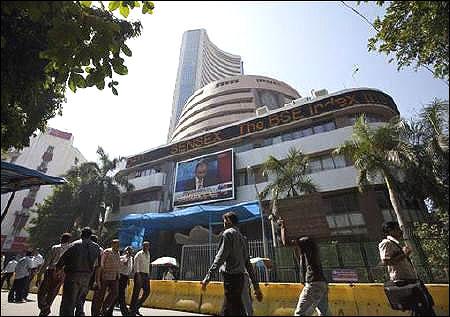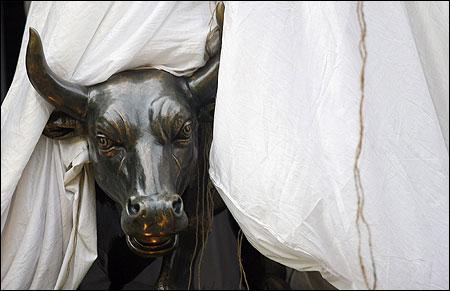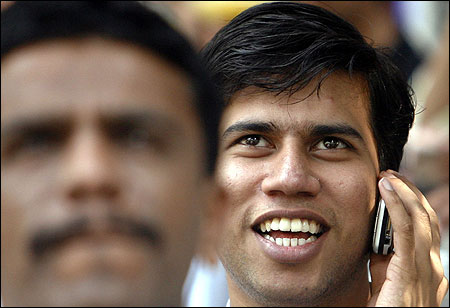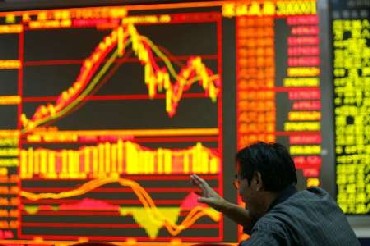 | « Back to article | Print this article |
Expect 20% Sensex return in 2012
Based on all four key factors that drive the equity market -- valuation, liquidity, sentiments and fundamentals -- we expect the Sensex to touch 21,000 in 2012, i.e. 20 per cent returns from the current levels.
Moreover, we expect yields on mid-caps to be higher than the Sensex return.
Indian equities are currently undervalued vs their own past levels and current peer levels. Since 2007, the Sensex has reached 16,000 for the sixth consecutive year.
Meanwhile, the Sensex earnings have grown 30 per cent and the Indian corporate sector has reduced leverage.
Click NEXT to read further. . .
Expect 20% Sensex return in 2012
Currently, at the 17,000-17,500 range, with return on equity of Rs 18 per cent, the Sensex trades at 13x FY13E earnings, well below the historical average of 15x.
Despite the perception to the contrary, Indian equity is cheaper than most Asian peers on a sector-adjusted basis.
For example, although India is a domestic consumption-driven story, Indian consumer companies are at a discount vs. China, Indonesia or Taiwan.
The same is true for information technology companies, where India is the global outsourcing leader.
Click NEXT to read further. . .
Expect 20% Sensex return in 2012
Despite having better capitalisation and consistent growth records, Indian financials do not command a premium vs Indonesia or Taiwan.
We expect better liquidity conditions in 2012 vs 2011.
The European Central Bank is on an aggressive quantitative easing mode.
Going by the economic condition, outlook and Central Bank stance, both Japan and US are likely to follow suit.
To accommodate the large government borrowing and slowing bank deposit growth, we expect the RBI to infuse at least Rs 3,00,000 crore (Rs 3,000 billion) in liquidity during FY13 through cuts in the cash reserve ratio and open market operations, substantially reducing the average banking sector liquidity shortage of Rs 1,40,000 crore (Rs 1,400 billion) in Q4 FY12.
Click NEXT to read further. . .
Expect 20% Sensex return in 2012
The current gloomy outlook on macro issues -- growth, inflation, interest rate, currency, government finance and public policy -- are depressing market sentiments.
Even a small improvement would lead to a strong bounce back, as most negative events are currently priced-in.
We expect the outlook on the Indian economy to improve in the latter part of 2012. Investment growth, the key driver of the Indian economy and thereby the equity market during 2004-07, has remained lacklustre since FY09, particularly in the last four quarters.
Going by past trends, we expect recovery in India's capex cycle to start in 2012, led initially by replacement rather than fresh capex.
The process is likely to improve the outlook on the Indian economy and companies, particularly those linked to the investment theme.
The author is managing director, Anand Rathi Financial Services




